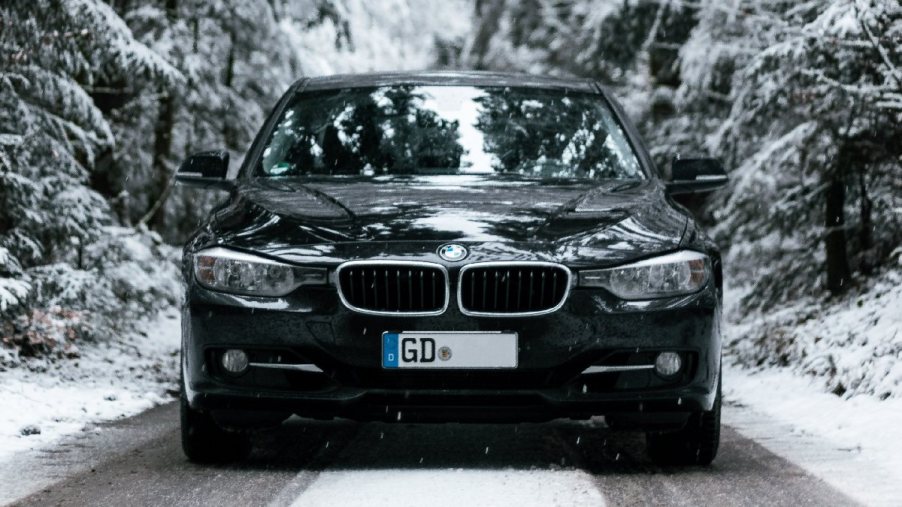
Are Cars With a Black Color Warmer in the Winter?
For those of us that live in a location with a cold winter climate, any extra warmth makes a drive more comfortable. Modern cars offer such features as an automatic climate control system, heated seats, and a heated steering wheel. However, what about the color? Are cars with a black color warmer in the winter?
Is a black or other dark-colored car better for the winter?

For staying warm on cold winter days, a black vehicle is the way to go. Cars with a black color are warmer in the winter than lighter colors. This is due to two factors. First, black vehicles absorb more heat. As the light from the sun strikes a black car’s exterior, it gets converted into heat, which makes the vehicle warmer.
The second factor is reflectivity. Black cars reflect less sunlight than white and other light-colored vehicles. Instead of sunlight getting reflected and dissipating into the air, like with a white car, a black vehicle absorbs more sunlight.
By absorbing more energy from the sun and reflecting less light, a black car is warmer in the winter.
How much warmer is a black car than a white car?
As shown in the above video, the color of a car makes a big difference in temperature. A man pointed an infrared camera at white and black SUVs parked next to each other. An infrared camera detects the thermal energy — or heat emitted by an object. When pointing the infrared camera at the hood of the black SUV, it displayed a temperature reading of around 160 degrees Fahrenheit. In comparison, the temperature for the hood of the white SUV was around 112 degrees.
What about a car’s interior? How much of a temperature difference is there for the interior of a black vehicle versus a white one? Autotrader researched which color car is hotter during the summer, but the findings also apply to cold winter weather.
They parked a black vehicle and its white counterpart out in the hot Georgia sun — and then checked the interior temperature a couple of hours later. The cabin of the white car was 113 degrees Fahrenheit, while the black vehicle had an interior temperature of 130 degrees.
While not as warm as black cars, other dark colors are also better for the winter. As detailed by Cold Geeks, this includes brown, red, green, and blue.
Easier to clean, see, and defrost

In addition to being warmer, black cars have some other benefits in the winter. They are easier to clean, with less dirt, debris, and road salt visible on the dark exterior. Also, snow looks pretty when it first falls on the ground, but after a few days of sitting on a road, it can turn into a sludgy gray mixture, which shows more on white cars. Additionally, with the heat-absorbing properties of black vehicles, snow will not stick as much to their dark surfaces.
Another benefit of a black vehicle in the winter is they are easier to see, especially during snowstorms. This has safety implications, for it lessens the chance of a car accident. In contrast, a white car is more difficult to spot against a snowy white background.
Additionally, black cars defrost more quickly than white and other lighter-colored cars. This is due to the warmth of the absorbed heat. A faster defrosting vehicle has a few benefits. For one, you’ll have less difficulty scraping ice off the windshield. Secondly, you won’t have to sit in a car for as long while you wait for it to defrost. And thirdly, less snow and ice will stick to your car when you’re on the road, resulting in better visibility.
As you can see, a black car is better for the winter in multiple ways. However, something to keep in mind is the warming properties of a black car are primarily enhanced for a vehicle that’s out in the sun. The temperature difference won’t be as significant for one that’s parked in a garage. However, once on the road in the open air, you can still benefit from a black car in the winter.


